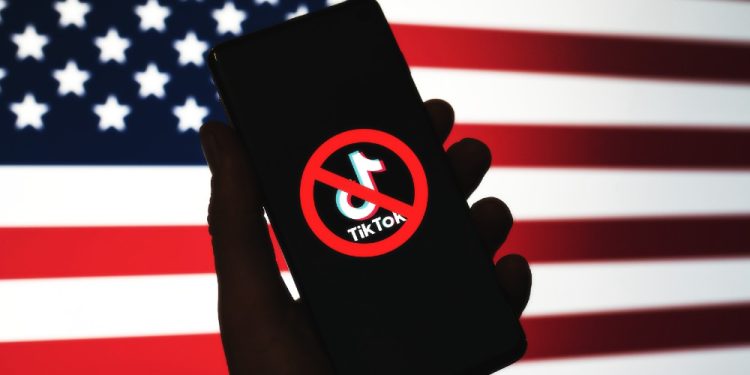According to the Digital 2023: United States report from DataReportal, TikTok is currently the fourth most popular social media service in the United States and the most popular one not owned by Meta. In an official article published earlier this year, the company itself claimed to have more than 150 million American users, which it gleefully noted is nearly half the population.
It then proceeded to strategically highlight how totally American it is with all its American employees and American users and the American businesses that use it! The irony, of course, being that TikTok is owned by a Chinese company, ByteDance, and has been continuously accused of violating the privacy of its users pretty much from its inception. Accusations it denies despite ever-growing evidence to the contrary.
According to the company itself:
This milestone coincides with a critical period for TikTok. Certain politicians have raised concerns about the potential banning of our platform, which would directly affect all 150 million Americans who have embraced TikTok. To proactively address US national security concerns, we’ve taken unprecedented steps by enhancing safeguards for our US users. Over the last two years, we’ve invested $1.5 billion in setting up TikTok US Data Security and have been building a comprehensive framework to isolate protected US user data. Today, we are also proud to launch the U.S. Data Security (USDS) site aimed at providing transparency into our commitments and answering common questions around our efforts to safeguard data.
Unfortunately (for China), American voters aren’t buying it, according to a recent poll by RMG Research which was shared exclusively with the Daily Signal.
A majority of voters view TikTok as a threat to the United States. An even higher percentage favor a federal ban of the social media app, according to @RMG_Research’s poll. https://t.co/ymhEzg0QDC
— Rob Bluey (@RobertBluey) December 21, 2023
This is welcome news considering a recent poll from Pew Research Center which shows that 14% of adults in the United States regularly get news from TikTok, a number that increases to 32% for adults between the age of 18 and 29. And those numbers are only growing.
Director of the Heritage Foundation’s Tech Policy Center, Kara Frederick, claims that the Chinese government uses TikTik to harvest American user data and then exploits it for their own benefit.
According to the Daily Signal:
What to do about it? Frederick concluded the federal government should impose a wholesale ban on TikTok in the United States.
The new poll found 54% of American voters agree with the recommendation. The number jumps to 58% when respondents were asked if TikTok could be used by Chinese government to interfere in U.S. elections.
Regardless of if TikTik can be, should be, or will be banned, and to what extent, I think it’s obvious to any Americans with a bit of sense that we shouldn’t be using it.





The majority of American voters supported President Trump for reelection in 2020 — — — so why is Manchurian Joe in the White House with topless tränniës on the White House lawn and baggies of cocaine floating around the West Wing?????
Tic tok and don’t forget that other Marxist-Maoist sheidt show Facebook!!!